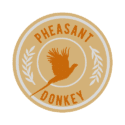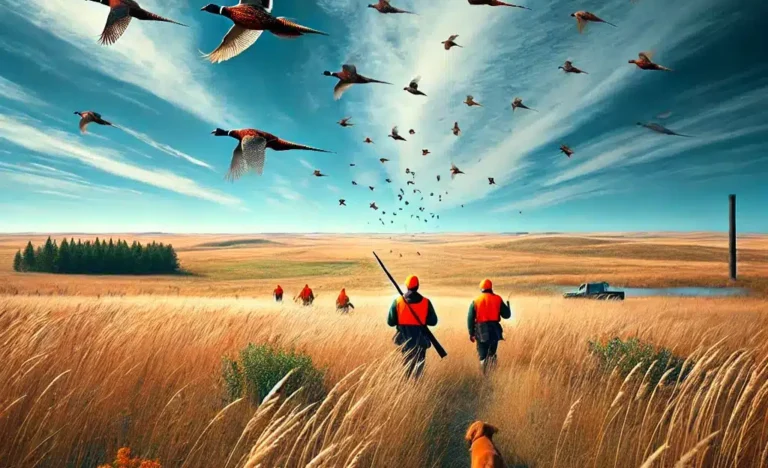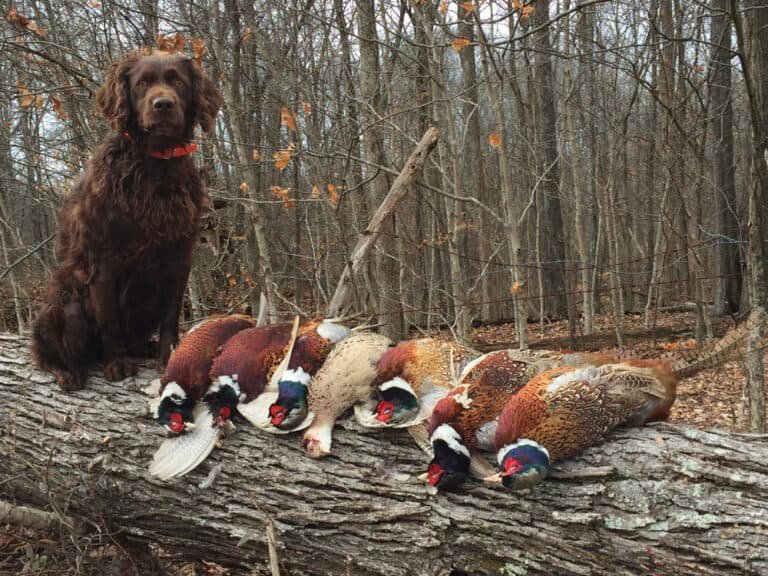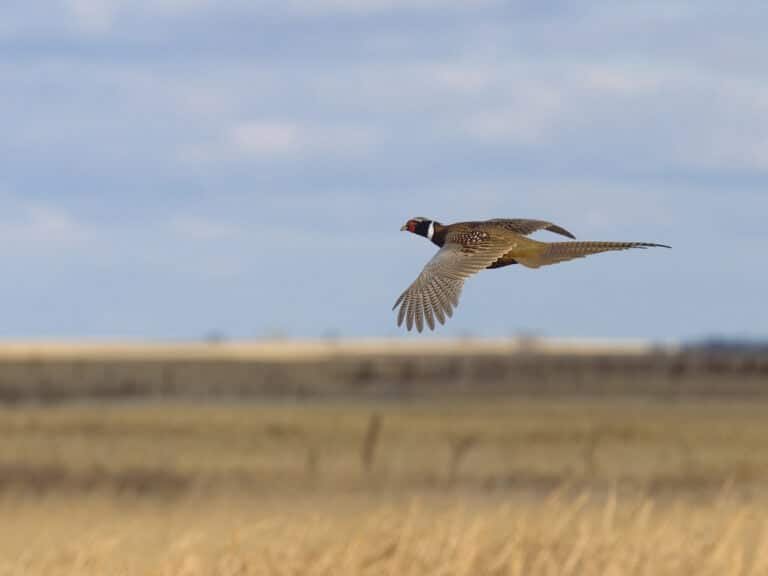Kansas Pheasant Hunting: The Best State for Pheasant Hunting
Nestled in the heartland of America, Kansas’s sprawling plains and golden fields beckon avid hunters from all corners of the globe. Revered as a revered destination for pheasant hunting, this Midwestern state offers a veritable paradise for enthusiasts seeking an unforgettable outdoor experience. In this blog we will discuss Kansas pheasant hunting.
With its expansive prairies, diverse landscapes, and flourishing pheasant populations, Kansas has earned its reputation as a mecca for hunters pursuing this majestic game bird.
The Cultural and Economic Significance
Beyond its natural allure, pheasant hunting holds immense cultural and economic significance in the fabric of Kansas. As one of the state’s beloved traditions, generations have bonded over shared experiences in pursuing these regal birds amidst picturesque landscapes. Pheasant hunting has ingrained itself so deeply into the local culture that it has become a cherished pastime passed down through families and celebrated by communities across Kansas.
Moreover, pheasant hunting is integral in bolstering the state’s economy. The influx of hunters from near and far injects vitality into rural communities that rely on tourism dollars generated by this popular outdoor pursuit.
Local businesses thrive during hunting seasons as they cater to the needs of visiting sportsmen and women who seek accommodations, equipment rentals, guides’ expertise, or simply a warm meal after an exhilarating day out on the fields. This symbiotic relationship between pheasant hunting and economic growth highlights the importance of this activity to Kansas’s prosperity.
As we delve deeper into this article on pheasant hunting in Kansas, we will explore the geographical wonders that make this region ideal for such pursuits and regulations surrounding seasons and bag limits.
Furthermore, we will uncover various techniques employed by skilled hunters to maximize their chances at success while always emphasizing the importance of ethical hunting practices to ensure the preservation and sustainability of this cherished tradition.
Kansas landscapes: prairies, grasslands, and fields
Kansas boasts a remarkable variety of landscapes that serve as an ideal habitat for pheasant populations. The state is characterized by vast expanses of prairies, stretching as far as the eye can see with their golden hues and swaying grasses.
These prairies provide an abundance of cover and nesting sites for pheasants. Additionally, Kansas has extensive grasslands that offer prime feeding grounds for these game birds.
The state’s gentle slopes and rolling hills create a diverse topography, contributing to the unique blend of habitats that attract pheasants and hunting enthusiasts. Furthermore, Kansas’s agricultural fields add another layer to this tapestry of habitats, providing a crucial source of food and shelter for pheasant populations.
Habitats help pheasant populations thrive
Kansas diverse landscapes are pivotal in creating optimal conditions for robust pheasant populations. The expansive prairies offer ample nesting cover with their tall grasses and native vegetation, allowing pheasants to raise their broods away from predators safely. Moreover, the rich soil provides an abundance of insects and seeds, which form the primary diet of these game birds during critical stages of their life cycle.
The grasslands are important feeding areas where pheasants can find sustenance throughout the year. These open spaces facilitate easy movement and flight patterns essential for evading predators while maintaining healthy fitness levels.
Geographical features for hunters and pheasants
Within Kansas’s landscape lie several key geographical features that make it an attractive destination for seasoned hunters seeking a challenging pursuit and novice enthusiasts looking to embark on their first thrilling adventure in pursuit of wild roosters. With its rugged terrain and dense cover, the Smoky Hills region provides excellent habitat for pheasants to thrive. The Flint Hills offer an awe-inspiring backdrop of rolling prairies that attract hunters year after year.
Additionally, the Central Flyway—a migratory bird route—passes through Kansas, attracting many pheasants during their seasonal migrations. These geographical features enhance the hunting experience and promote the conservation and sustainability of pheasant populations in the region.
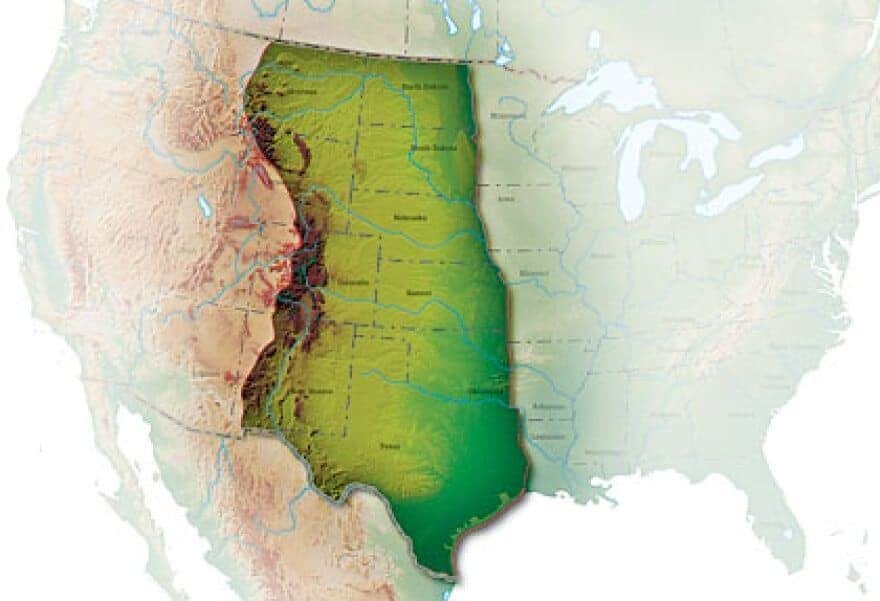
Pheasant Species in Kansas
The Two Main Species
Kansas is home to two prominent species of pheasants that attract hunters from far and wide: the ring-necked pheasant (Phasianus colchicus) and the lesser prairie-chicken (Tympanuchus pallidicinctus). The ring-necked pheasant, also known as the Chinese pheasant, is undoubtedly the most sought-after game bird in Kansas.
Introduced in the late 19th century, this strikingly beautiful bird with its distinctive colorful plumage has flourished throughout the state’s varied landscapes. On the other hand, the lesser prairie-chicken, aptly named for its smaller size than other prairie-chicken species, inhabits specific regions of western Kansas where grasslands and shrublands dominate.
Physical Characteristics, Behavior Patterns, and Habitats
The ring-necked pheasant is a robust bird with a long tail and vibrant coloring. Males wear an iridescent copper-gold head, a white neck collar, and a prominent white ring around their necks.
Females are less vivid, with mottled brown feathers providing excellent camouflage. When flushed from cover, ring-necked pheasants exhibit strong flight capabilities and are known for their explosive takeoffs.
In contrast, lesser prairie chickens possess more subdued plumage that blends perfectly with their native grassland habitat. Males display an impressive combination of brownish plumage heavily marked with black barring and yellow-orange air sacs on their necks that they inflate during mating displays called “booming.” The females have similar markings but are smaller in size.
These ground-dwelling birds exhibit strong running abilities but can take flight when startled or pursued. The ring-necked pheasant and lesser prairie chicken prefer different habitats within Kansas.
Ring-necked pheasants thrive in various landscapes, including agricultural fields, grasslands, and wetlands in the eastern and central parts of the state. They require a mixture of cover for nesting and feeding, such as dense grasses, shrubs, and croplands.
In contrast, the lesser prairie chicken is more limited to the arid shortgrass prairies of western Kansas. They rely on open rangelands with low vegetation for their courtship rituals and foraging.
Two Species: Hunting Regulations and Popularity
Regarding pheasant hunting in Kansas, the ring-necked pheasant takes center stage due to its wide distribution and popularity among hunters. The Kansas Department of Wildlife, Parks, and Tourism (KDWPT) closely monitors these birds’ populations through surveys to establish appropriate hunting regulations that promote sustainable harvests.
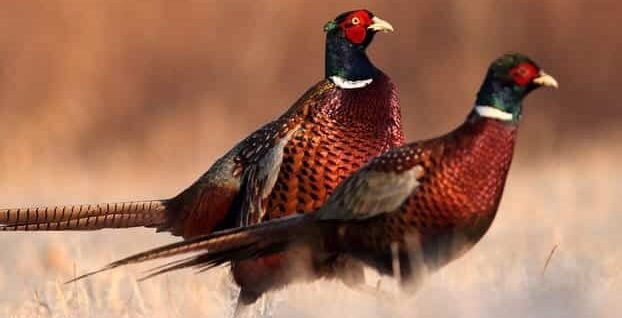
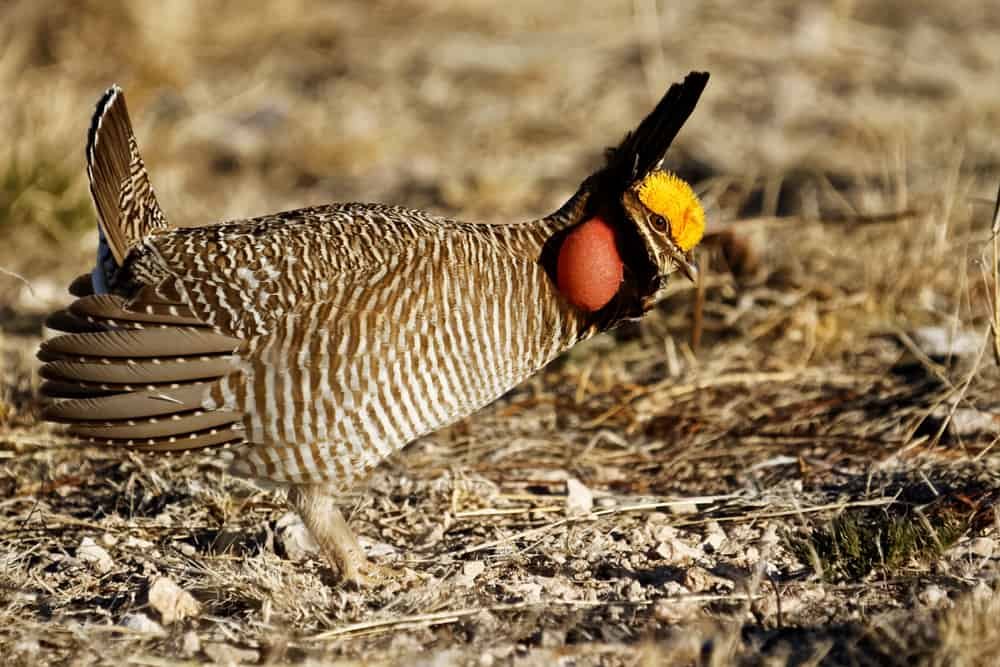
On the other hand, hunting lesser prairie chickens is subject to stricter regulations due to their limited range and population declines in recent years. Hunting seasons are shorter for lesser prairie chickens than ring-necked pheasants, with lower bag limits imposed by KDWPT.
The conservation efforts focused on preserving suitable habitats for this species have gained attention from dedicated hunters seeking unique challenges offered by lesser prairie-chicken hunts. Despite these differences in regulations and availability, both species excite avid hunters who appreciate their varied experiences while participating in cherished pheasant hunting traditions in Kansas.
Hunting season: resident and non-resident hunters
Understanding the hunting seasons is crucial for enthusiasts in pheasant hunting in Kansas. The Kansas Department of Wildlife, Parks, and Tourism (KDWPT) has implemented a well-structured system to ensure sustainable hunting practices. The pheasant season typically spans from November through January, coinciding with the peak time when these magnificent birds are abundant.
It is important to note that there may be variations in specific dates and durations depending on the region within Kansas, so it’s advised to consult the KDWPT website or contact local authorities for accurate information about your chosen hunting area. Wildlife experts meticulously determine the precise timing of these seasons to balance maintaining healthy pheasant populations and offering hunters ample opportunities to pursue their passion.
Bag limits, licensing requirements, and other regulations
To ensure sustainability and resource conservation in pheasant hunting, Kansas has implemented bag limits, licensing requirements, and other regulations overseen by the KDWPT.
Bag limits refer to the maximum number of pheasants an individual hunter can harvest during a single day or throughout the entire season. These limits are carefully calculated based on scientific data regarding population size, reproductive rates, habitat conditions, and other factors essential for maintaining a healthy ecosystem.
Hunters in Kansas must familiarize themselves with these bag limits as they vary for residents versus non-residents. Additionally, obtaining appropriate licenses is mandatory for pheasant hunting activities in Kansas.
In general terms, residents must secure an annual resident hunting license. At the same time, non-residents can acquire either an annual non-resident permit or a 5-day non-resident permit solely dedicated to upland bird hunting. It is worth noting that specific licenses may be required for hunters pursuing pheasants with firearms or using hunting dogs.
Hunting Techniques and Strategies
Regarding pheasant hunting in Kansas, hunters employ various techniques to increase their chances of success. One commonly used method is walk-up flushing. This technique involves a group of hunters walking through fields or grasslands in a line, gradually advancing towards potential cover where pheasants might be hiding.
As they approach the cover, the birds are startled and take off into the air, providing hunters with shooting opportunities. Another technique frequently utilized is blocking.
In this strategy, one or more hunters position themselves at the end of a field while other hunters move through it. The purpose is to intercept any pheasants that attempt to escape from the opposite end.
Blockers can take well-aimed shots by strategically positioning themselves where pheasants are likely to fly when flushed by fellow hunters. Additionally, many hunters in Kansas rely on trained bird dogs to assist them during hunts.
These highly skilled dogs are crucial for locating and retrieving downed birds. With their exceptional sense of smell and keen instincts, these canine companions help flush out pheasants from thick cover and can track wounded birds that might otherwise be difficult to locate.
Insight into effective strategies for locating pheasants based on their feeding patterns, roosting areas, or proximity to water sources.
Successful pheasant hunting in Kansas often requires understanding the birds’ behavior and preferred habitats. It is essential to consider their feeding patterns to locate potential hunting spots with high concentrations of pheasants.
Pheasants feed on grains such as corn and wheat found in agricultural fields or near food plots specifically designed for them. Therefore, scouting areas with abundant food sources can increase the chances of finding pheasants.
Furthermore, understanding their roosting areas is crucial. Pheasants seek shelter in thick cover, such as tall grasses, shrubs, or brush piles.
These areas protect from predators and harsh weather conditions. Identifying suitable roosting sites beforehand allows hunters to focus on these areas during hunts.
In addition to feeding and roosting patterns, proximity to water sources is important. Pheasants require water for hydration and bathing, especially during dry periods.
Areas near streams, ponds, or even irrigation ditches often attract pheasants due to water availability. By locating hunting grounds near these water sources, hunters can increase their chances of encountering pheasants.
Specialized Equipment
Pheasant hunting in Kansas often involves using specialized equipment to enhance the hunting experience and ensure safety. One essential tool hunters utilize is a shotgun specifically selected for bird hunting. Shotguns with appropriate gauge and choke selection are preferred for their effectiveness in hitting fast-flying birds like pheasants.
Additionally, specific ammunition choices are crucial when pursuing pheasants. Hunters typically opt for shotshells with smaller shot sizes (such as #5 or #6) since these provide adequate pellet density while minimizing damage to the bird’s meat.
To safeguard against potential hazards during hunts, wearing blaze orange clothing is mandatory in Kansas when participating in upland game bird hunting activities. This high-visibility apparel ensures that all hunters can easily distinguish one another amidst tall vegetation or dense cover.
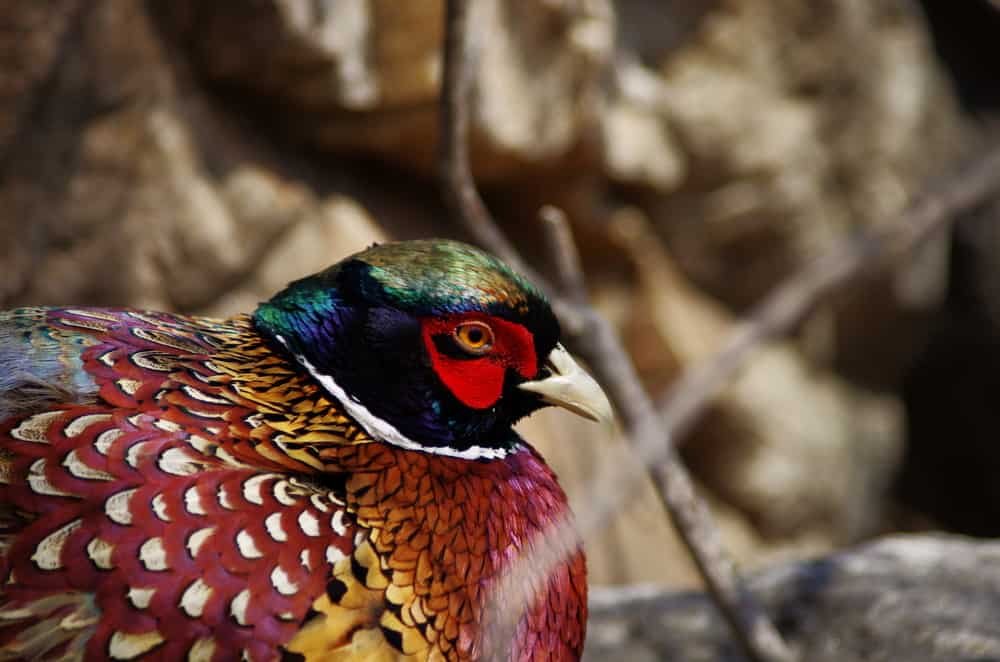
Conclusion
Pheasant hunting in Kansas is a thrilling pursuit that requires skillful techniques and strategies honed through experience and knowledge of the birds’ behavior. Employing walk-up flushing or blocking techniques effectively flushes out birds or intercepts their escape routes. Understanding pheasants’ feeding patterns, roosting areas, and proximity to water sources provides valuable insights into locating hunting spots.
Additionally, specialized equipment such as appropriate shotguns, ammunition, and blaze orange clothing enhances safety and increases the chances of a successful hunt. Engaging in the art of pheasant hunting in Kansas offers an exhilarating outdoor adventure and an opportunity to connect with nature while contributing to conservation efforts.
